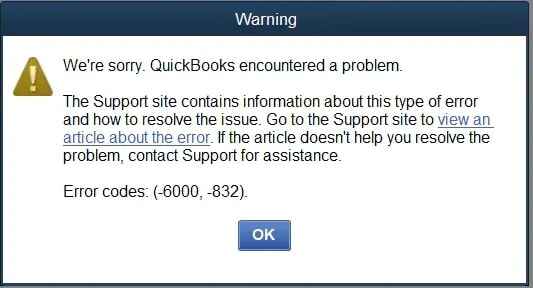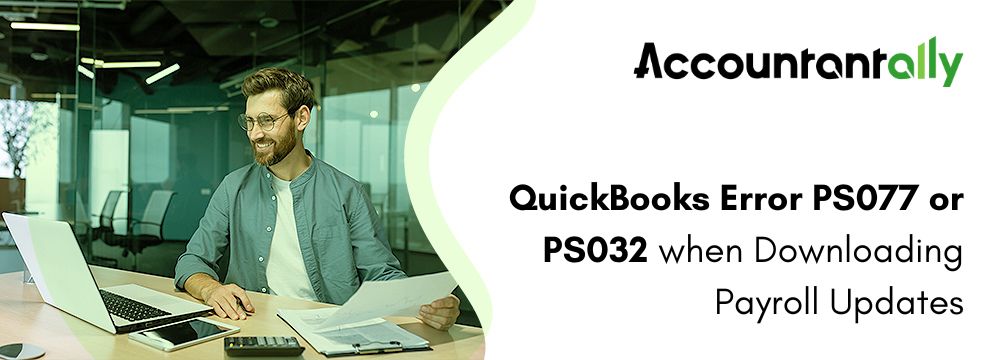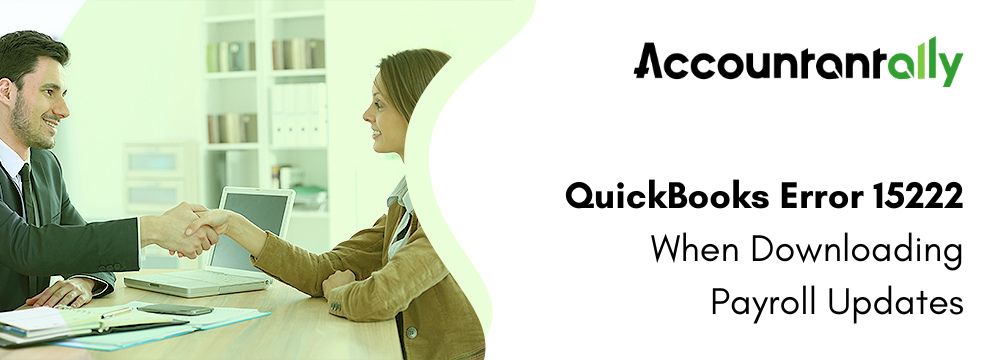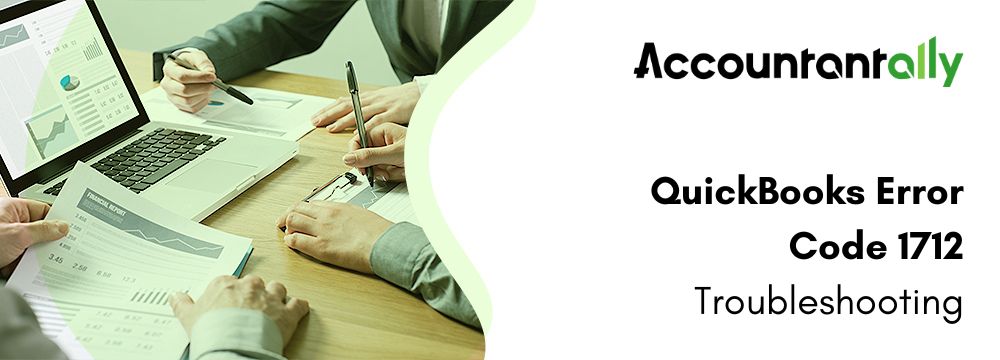When QuickBooks tries to access the company file, error code 6000 832 typically happens. This specific error normally relates to the company file and falls under the 6000 series of errors. The user may encounter this problem when trying to access, restore, or create a backup of the QuickBooks company file.
In today’s article, we will discuss the causes, symptoms, and solutions for QuickBooks error 6000 832 to assist you in better understanding this mistake and resolving it as soon as possible.
It comes up on the screen with the following warning messages:

error code 6000, 832
hosting is on or the .ND file doesn’t work right
What are the Possible Causes of the QuickBooks Error Code 6000, 832
Here are the possible reasons that trigger the occurrence of the QuickBooks error 6000, 832:
- The file extension is not right.
- If you are running a version of Windows that is not American or Canadian, this error may also show up. Alternatively, if you have Windows’ Regional Language Settings option set to a language other than English.
- Corrupted or damaged shared folder or QuickBooks business file.
- When attempting to convert a previous version of the QuickBooks Company file over a network.
- Hosting is enabled on both servers and at least one workstation (incorrect).
- Inadequate access to Windows administrators, QBDataServiceUserXX, or the network server.
- When a QuickBooks installation is not finished and a company (.qbw) file is corrupted
- If the QB Company file is attempted to be hosted by several systems.
- The file extension may be in the .qbm or .qbw.adr format.
Now that you know about the causes of the QuickBooks Error code 6000 832, let us learn about the indications of this technical issue.
What are the Signs and Symptoms of QuickBooks Error Code 6000 832
When QuickBooks error 6000 and 832 occur, they can be identified with ease with the help of the indications stated below:
- Windows performance becomes slow or poor.
- You may not use company records and important data.
- Windows may suddenly crash.
- The computer freezes quite often and your work gets stuck.
Now that you know about the causes and symptoms of the QuickBooks error code 6000 832, let us learn about the effective troubleshooting steps to fix it.
How to Troubleshoot QuickBooks Error 6000, 832
The methods taken to debug a mistake rely on what was done when it happened. Please choose from the scenarios below and follow the recommended troubleshooting procedures for QuickBooks error 6000 832.
Condition 1st: On a Windows server, open the QuickBooks company file
It might be more effective to copy the QB corporate file to the computer during error correction rather than solving it over the network.
Solution 1: Utilize QuickBooks File Doctor to resolve the issue
To fix network-related or QB corporate file problems, use the QuickBooks File Doctor.
- First, get the QuickBooks file doctor utility by clicking this link.
- Run this file doctor application after installing it on your PC.
- This tool will automatically detect server issues and fix them without human intervention.
- Finally, give your computer a single restart.
Solution 2: Disable hosting on every workstation accessing the file across the network
Set up only one machine to host the QB company file if you’re utilizing multiple systems to run the QuickBooks desktop.
Turn off hosting on every workstation by following these procedures.
- Start up the desktop version of QuickBooks. Select the “Utilities” tab after choosing the “File” icon.
- If you notice from the list:
- Go to the next system if the computer isn’t hosting the QB company file and you can host multi-user access.
- Cease to Provide Multiple User Access – After choosing that option, select:
- Click the “Yes” icon in the window labeled “Stop hosting multi-user Access.”
- Go to the next machine, and click the “Yes” icon in the “Company file must be closed” window.
Solution 3: Correction of Error 6000, 832 Manually
In Solution 1, you can observe the manual troubleshooting procedures that QuickBooks File Doctor carries out automatically. If the QuickBooks File Doctor is not operating properly on the system, you should use the following troubleshooting methods.
Set up QuickBooks Files for your Antivirus or Firewall
- View the necessary exclusions by configuring network access and firewall and internet security settings for QuickBooks Desktop updates.
- To set up the firewall so that the QuickBooks files on the whole system can be accessed over the Internet, follow the directions on the manufacturer’s website.
Scanning of the QuickBooks Company Files
- The “Windows” or “Start” menu should be clicked.
- To access the QuickBooks Database Server Manager (QBDSM), select the “Programmes” icon, then select “QuickBooks.”
- To find the folder containing the QB company file(s), navigate to the ‘QuickBooks Database Server Manager’ page, and click the “Add Folder” icon.
- Click the “Scan” icon after all QB folders have been added.
- These data files are available under the ‘QuickBooks Company Files’ option.
- Take a look at every single folder holding QB corporate files. Make sure that each QB business data file (s) has a.qbwor.nd file produced or built.
Inspect the Computers’ Hosting
When utilizing the QuickBooks Database Server Manager (QBDSM) on a server within a network, the server computer is the only one with the hosting capability enabled.
Navigate to the QB company files and turn on the server computer’s hosting.
- Select the “Utilities” tab from the “File” menu after opening or gaining access to the QuickBooks application.
- If you observe from the list:
- Manage Multiple User Access: The QB company file is not being hosted by the system, to put it simply. So you’re supposed to utilize the following system.
- Give Up on Hosting Multiple Users: Select this option, after that:
- Select the “Yes” tab after reaching the “Stop Hosting Multi-user Access” screen.
- Hit “Yes” to proceed and then move on to the next machine after closing the business file window.
Server
- Click the “Taskbar” window and select the “Task Manager” tab.
- Look for QBDBMgrN.exe in the “Image Name” column. To order the list alphabetically, click on the column heading.
- Make that the QuickBooksXXX service is running on the system if QBDBMgrN.exe is missing from the list:
- As a Full Administrator, log in to the system. For full admin access, get in touch with the system administrator.
- Click the “Start” or “Windows” tab and select the “Run” tab. Navigate to the “Open” area, enter services.msc, and then select the “OK” tab.
- Find the service for the relevant QuickBooks Desktop version listed below:
- QB version 2020: QuickBooksDB30
- QuickBooks 2019: QuickBooksDB29
- QB version 2018: QuickBooksDB28
- QuickBooks 2017: QuickBooksDB27
- QB version 2016: QuickBooksDB26
- Make sure the service is started currently and that you select the Automatic startup type.
- Click the right-click menu and select the “Start” tab if the service hasn’t been started yet.
- Double-click the service after ensuring that the startup type is set to Automatic. Select the “Automatic” option from the drop-down menu under Startup type.
- Check that the entry in the “User Name” column of the QBDBMgrN.exe file is accurate by going to each one in turn.
- The item should be QBDataServiceUser28 if the QuickBooks 2018
- QBDataServiceUser27 is the correct entry to make in QuickBooks 2017.
- QBDataServiceUser26 should be the entry if the QuickBooks 2016
Opening of the QuickBooks Company File From Different Locations
- To access or open the QB file, use the host PC.
- Go to the system that has the QB Company file and save it there.
- Move the ‘Copy file’ option to a different location if the hosting computer is the sole system that installed or stored the server.
- Launch both the QB Company file that is displaying the error warning message and the QuickBooks Desktop application.
- Proceed to check the QB Company file if you can open it from this machine.
- If you are not able to achieve this, move on to step B.
- Proceed with rebuilding the QB company file if you receive instructions from QuickBooks to do so.
- Make a copy of the QB file somewhere else.
- Access the folder containing the QB company file by opening it.
- Select the “Copy” tab after performing a right-click on the “filename.”
- Select “Paste” by performing a right-click on the vacant space on the desktop screen.
- Activate the QuickBooks Desktop software and subsequently launch the QB business file on your desktop.
- Now you have to restore the backup of the company QuickBooks file.
- Use “QuickBooks Auto Data Recovery” to retrieve the erased QB data.
- Forward the QuickBooks company file to the team responsible for data recovery. You must contact technical support to seek the QB data recovery service from the official Intuit Data Services. (There might be fees.)
- In the event that the QuickBooks company file opens successfully, return the QB file(s) to their original directory.
Solution 4: Editing of Host File
Change the IP address and Windows Server name in the Windows host file(s) on the Desktop.
Generally speaking, host files deal with static IP addresses. In the event that the server reboots and obtains an IP address that differs from what is specified in the host’s file, issues could arise if the network is using dynamic addressing.
The Windows server needs to be set up such that it always uses the same network address.
- Shut down your QuickBooks desktop first.
- Now, on the server, choose Computer from the Start menu.
- Proceed to:
- C: \ Windows \ System32 \ Drivers \ Etc
- C: \ Windows \ Syswow64 \ Drivers \ Etc
- Next, give the host file choice double-click.
- To choose the application that will open, select Notepad.
- You must enter the IP address first, then the machine name. The server will have the IP address of the workstation as well as the computer name, and the workstation will undoubtedly have the IP address of the Web server too.
- To change the IP address and computer system name while inputting these details, simply press the Tab key rather than the space bar.
2nd Condition: On a Linux server, open the QuickBooks Company file
He or she should also be fully knowledgeable about network operations and have the authorization to install correctly while setting up the QuickBooks Enterprise Solution Linux Database Server Manager.
Solution 1: Checking the Internet Connection
- The Linux Database Server Manager is configured to recognize the directory in the “Initord.conf” file. The QuickBooks Enterprise Solutions application needs to be restarted on the Windows client later.
- Send a ping to the server:
- Press and hold the “Windows + R” key on the keyboard at the same time to launch the “Run” window.
- After entering “CMD,” select the “OK” tab.
- Open the command prompt, enter Ping (the name of the Linux server), and then select the “Enter” tab.
Solution 2: Editing of the host file
From the workstation, “Edit” the host’s file using the IP address and name of the Linux server.
Case-Sensitive File System for Linux
Make sure you enter the file name of the QB Company exactly as it appears on the screen when attempting to open or access it with a Windows client. For example, if you type company B instead of company B, Windows will be able to open and access the Linux server, but the database will not be able to open or access the QB file.
- Close down the QuickBooks Desktop program.
- Press and hold the Windows and E keys at the same time on the keyboard to access or launch the Computer window.
- Open the Local Disc and go to (‘C’=> The “Windows folder” icon Folder => “drivers folder” => “System32 folder” tab.
- To access/open the host file, use Notepad.
- Once the last IP address is displayed, update or add the server’s IP address.
- Press the “Tab” key and enter the name of the server.
- After saving the file, open or view the company file for QuickBooks & QB.
Solution 3: Create a Backup
- The server system that houses the company file must first have QuickBooks closed.
- Next, select Quit QuickBooks desktop from the file menu.
- When you’re done, select Windows from the Start menu.
- To open File Explorer, you must now type its name into the search field.
- Selecting my PC from the navigation bar is the next step.
- Opt for C drive
- Moreover, to create a new file folder, right-click on the screen and select the new tab and folder.
- Give it the name QB Test Folder.
- The process of creating a backup company file must now be completed. put the file to the folder you prepared in the previous stages when QuickBooks asks where to put it.
- Proceed with the steps to use the fresh backup to restore the company file.
If you do not notice error 6000 832, you should begin utilizing the backup file as the primary business file. Delete all outdated company files. To prevent unintentional use, rename it.
3rd Condition: Restore the QuickBooks Company File
A good workaround for QuickBooks Error 6000 832 is to restore the QuickBooks company data file.
Solution 1: Modify or Adjust the file extension for QuickBooks
It will create a new QB company file with the suffix.qbw whenever you attempt to restore an existing QB company file. The QuickBooks file extension needs to be changed to.qbw, and you must attempt to open or access the modified QB file if the backup process produces a QB file with either a.qbm or a.adr extension. For example, change the filename from “My Company Name .qbm” to “My Company Name.qbw.”
Note: To view QB file extensions, you may need to adjust the Windows system settings.- Press the “F2” key to enter or open the Product Information screen after opening the QuickBooks Company file.
- The file location should be highlighted, copied, and pasted into the system notepad under the “File Information” field in the “Location” section.
- Shut down QuickBooks on all computers that are using the QB Company file(s) if you are using the QB multi-user environment.
- To access the “Explore” tab, perform right-click on the “Windows” or “Start” icon. Proceed to the location of the QB company file, as indicated in step 2.
- Select the “Rename” option after performing a right-click on the “File Name” tab.
- Click the “Enter” tab after entering the new file name for the QB firm.
Note: When asked to confirm that you renamed the QuickBooks file, make sure you typed in the new filename accurately and saved it. In the end, select the "Yes" tab.Solution 2: Check the issue with the QB file name and file path
When performing a backup and restoration, the QuickBooks application looks up the complete file name and path. Always stay away from lengthy pathways and special characters:
- C:\Users\Fred\My Documents\QuickBooks data\Company Name.qbw is OK.
- Not allowed: Business\Fred\Documents of FredMy Company $.Business – The dollar sign ($) and the quote mark (‘) are special characters. It is necessary to rename both the My Business $.qbw file and Fred’s Documents folder.
Note: Restore your backup to your computer first if you need to restore it to a network location. After the backup file has been restored, move the file to the network location.- The “Open or Restore Company” tab can be accessed through the “File” menu.
- Click on the Next tab after selecting and then restore a backup as a copy option.
- Click the “Next” tab after selecting the “Local backup” option.
- Navigate to [Companyname].qbb, the backup QuickBooks file, and select the “Open” tab.
- Select the “Next” tab after reaching the “Open and Restore a Company” screen.
- Select the “Save” tab after navigating to the “Save Company File” screen and removing any special characters or spaces shown in the “File Name” section.
Note: If your QuickBooks file is located on a mapped network drive, try opening or accessing it using the UNC path instead of the allocated route.Final Words
We hope that after reading this article, all your queries regarding the QuickBooks error code 6000 832 have been resolved. We have shared all the information about the error, its causes, symptoms, and effective troubleshooting steps to get rid of this issue.
Other 6000 Series error codes, issues







